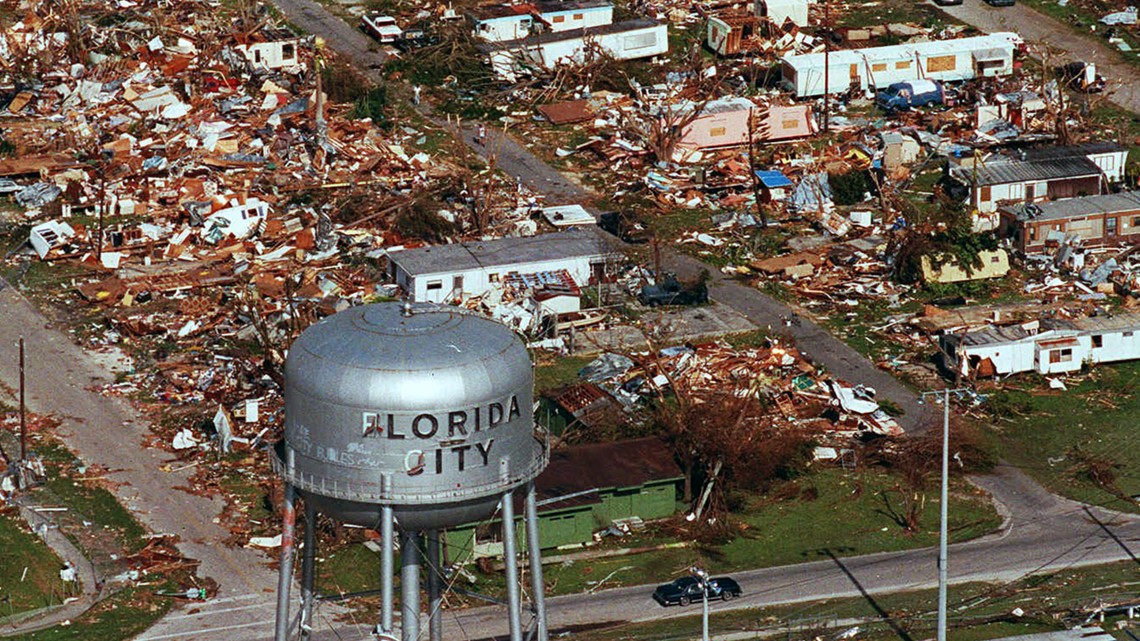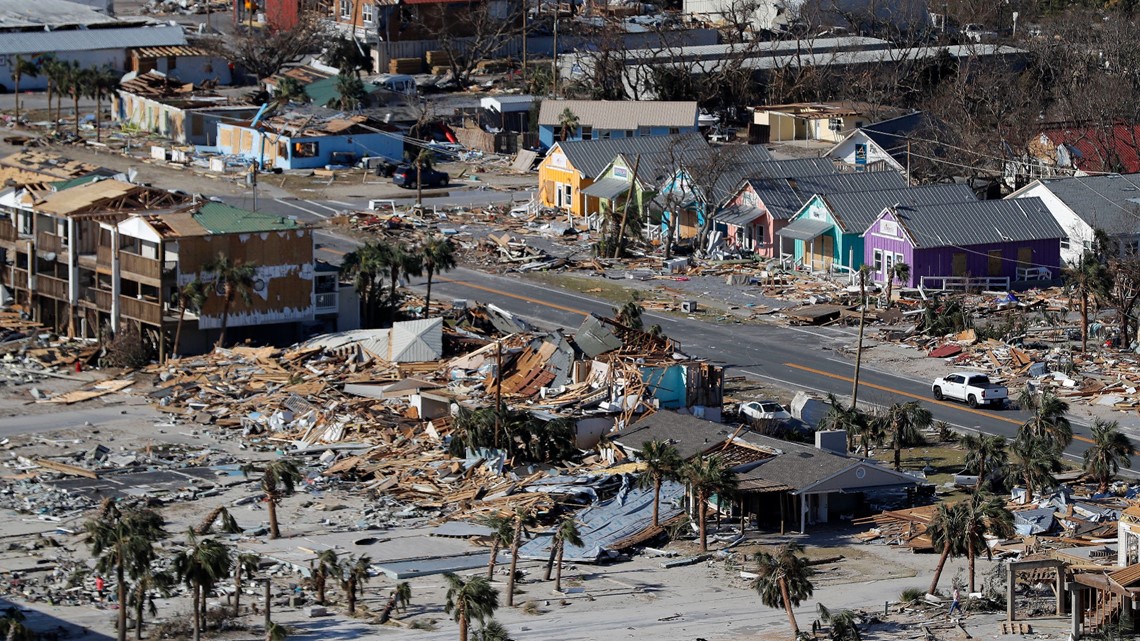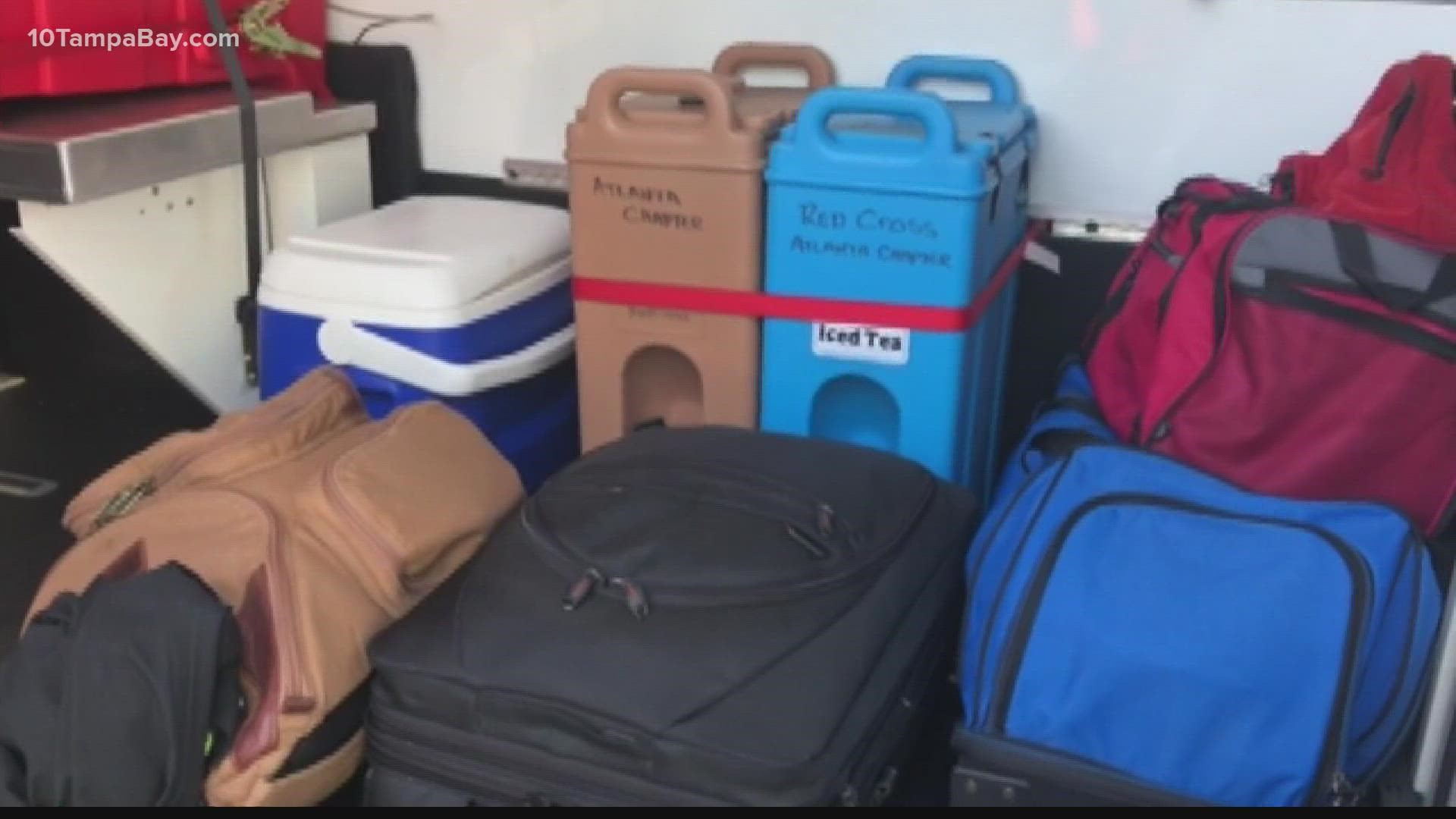Hurricane Ida made landfall in Louisiana Sunday, battering the region with winds so rough that it was tied for the fifth-strongest hurricane to ever strike the US.
Ida's 150 mph winds were just shy of the wind speed needed to classify it as a Category 5 hurricane (156 mph). A Category 4 storm is nothing to scoff at, but it shows just how powerful hurricanes can potentially be.
Wind speed is just one factor of a hurricane. With strong winds also comes the potential for storme surge, flooding and tornadoes. According to the National Weather Service, when all those impacts are considered then the potential for damage multiplies.
NWS says the damage will occur once a storm reaches Category 1 strength (75 mph) and will continue to multiply from there. With Hurricane Ida's wind speed, the damage from the storm was 256x more than that of a Category 1 storm. Had it reached Category 5 strength, then Lousiana would have faced nearly 429x more damage than a Category 1 storm.
That's all to say that Category 5 storms are devastating and thankfully not very frequent in the US. In fact, ever since NWS began documenting hurricanes, only four have ever made landfall as a Category 5.
Those include:
Labor Day Hurricane, 1935
Before hurricanes began being named, there was this storm that made landfall over the holiday weekend. According to the National Hurricane Center, the storm struck the Florida Keys as a Category 5 hurricane with winds reaching 185 mph. The storm would run parallel to Florida's west coast before making landfall again as a Category 2 hurricane near Cedar Key.
More than 400 people died in the storm - a majority of which were World War I veterans who worked in the area. The total damage done was estimated at $6 million.
Hurricane Camille, 1969
More than 30 years after the Labor Day Hurricane, there was Hurricane Camille. After leaving western Cuba as a Category 3 storm, Camille began to intensify as it traversed the Gulf of Mexico. On Aug. 17 it made landfall as a Category 5 storm along the Mississippi coast. The NHC says the exact wind speed of Camille may never be known since it destroyed all the wind-recording instruments in the area where it made landfall.
One thing that is known is that its winds caused storm surge and flooding that killed more than 250 people and $1.4 billion in damages.
Hurricane Andrew, 1992
Hurricane Andrew is a storm many Floridians are all too familiar with. South Florida (primarily what is now known as Miami-Dade County) was devastated following the storm - with around 49,000 homes being destroyed. However, it took scientists a decade before classifying it as a Category 5 hurricane.
Initially, when Andrew made landfall in the early morning of Aug. 24, 1992, it was forecast as a Category 4 storm. But, after further analysis by the NHC, it was discovered the storm's winds reached 165 mph during landfall, upgrading it to Category 5 status.
23 people died during Hurricane Andrew and the storm caused $26 billion worth of damage between Florida and Louisiana - with Louisiana only dealing with $1 billion in damages.


Hurricane Michael, 2018
Hurricane Michael is not too far removed from our memories. The storm made landfall in Florida's panhandle just three years ago. In another case of further data explaining the strength of the storm, Michael was first listed as a Category 4 storm. However, it was later upgraded to a Category 5 with winds reaching 160 mph.
Michael was responsible for 16 deaths and more than $25 billion in damages.



